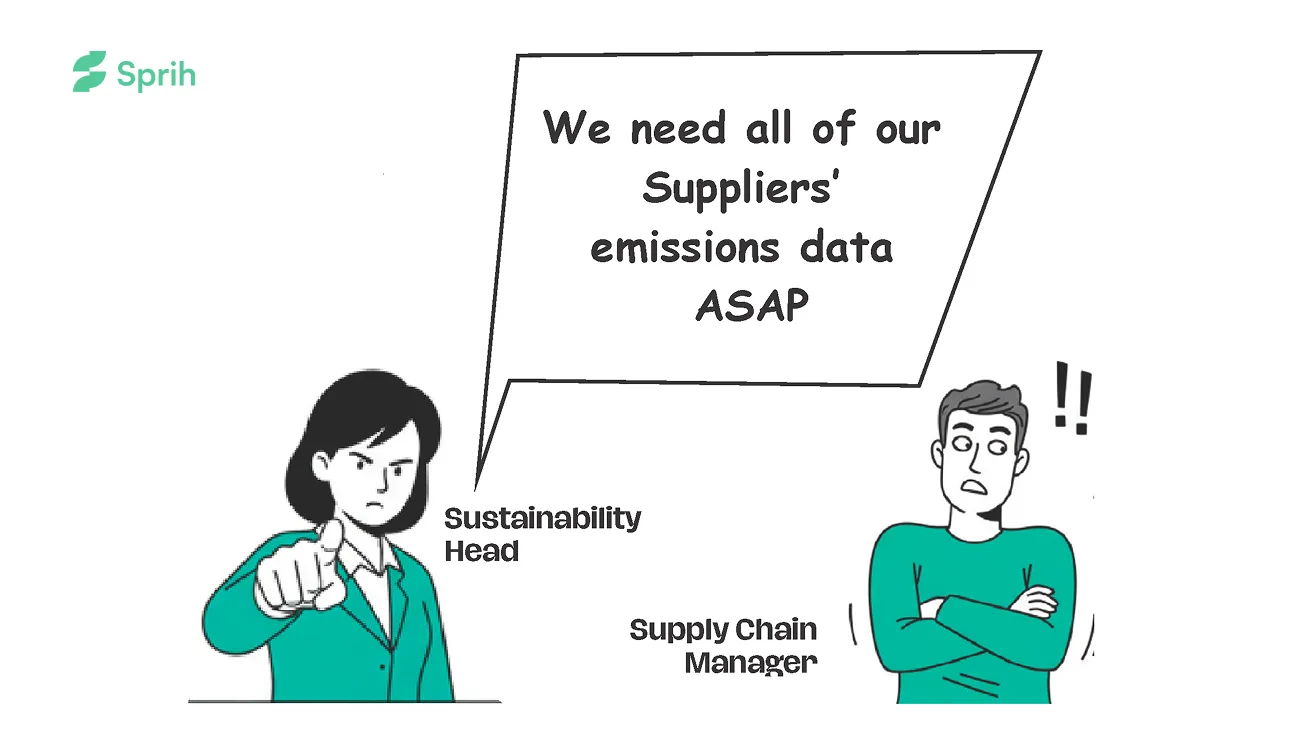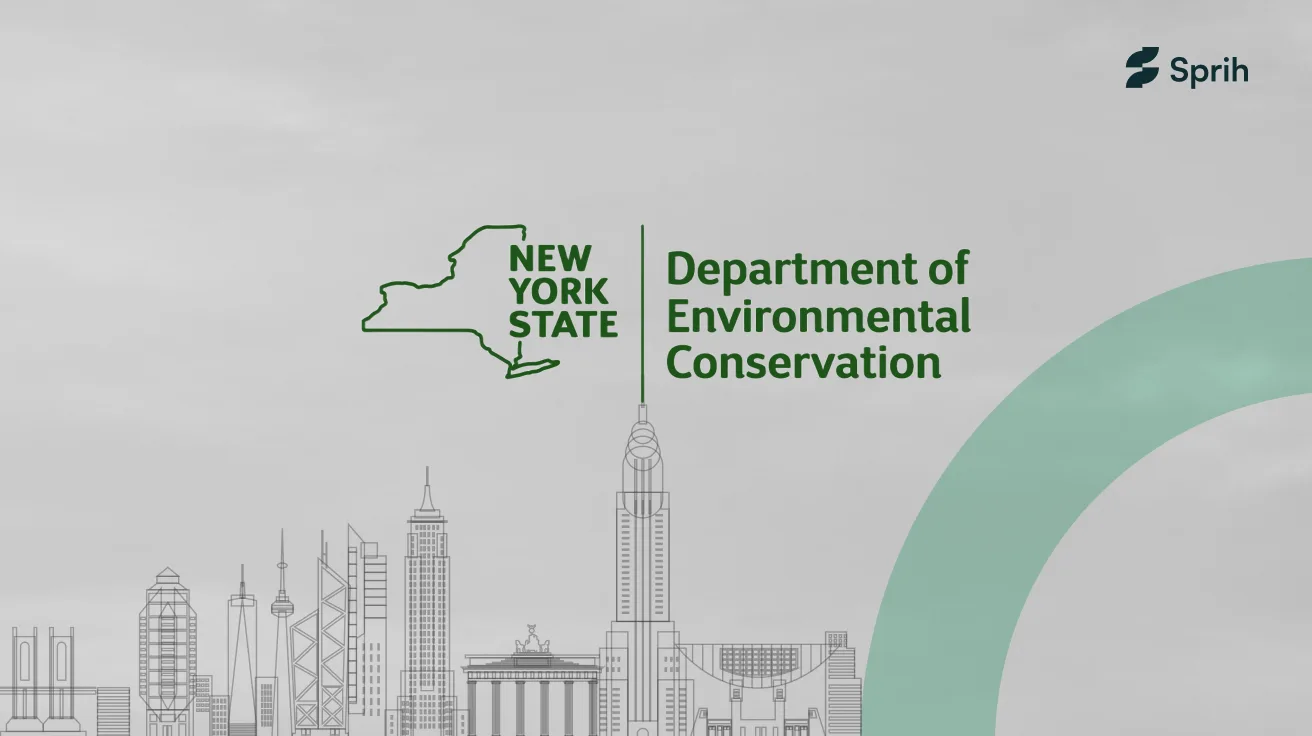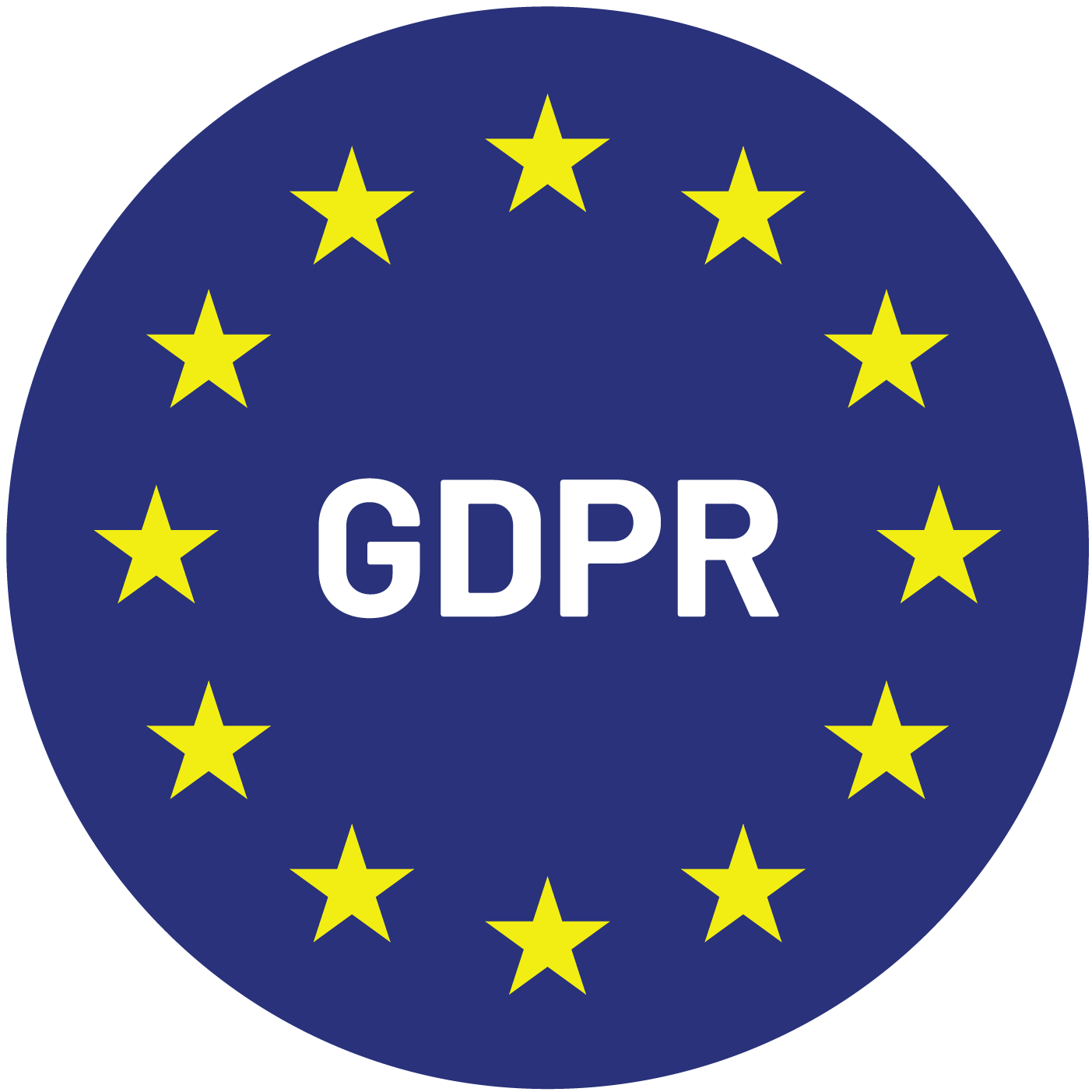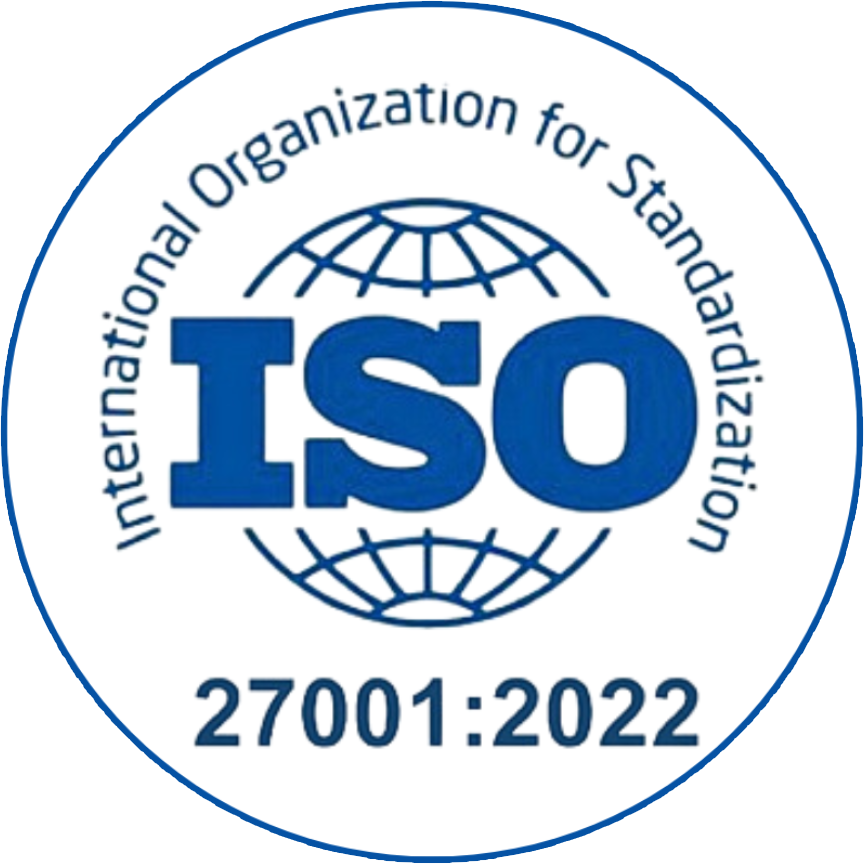Introduction to Double Materiality in EU Corporate Sustainability Reporting
The European Union’s Corporate Sustainability Reporting Directive (CSRD) advances environmental, social, and governance (ESG) reporting. It mandates corporate organizations to disclose their sustainability activities using the double materiality assessment framework. This framework follows the European Sustainability Reporting Standards (ESRS). It evaluates two key dimensions: the impact of a company’s actions on ESG factors (impact materiality) and the risks and opportunities ESG factors pose to the company’s financial performance (financial materiality).
Double materiality aligns corporate actions with the EU’s sustainability goals, especially the 2050 net-zero emissions target in the European Green Deal. It focuses on internal financial risks and external environmental and social impacts. This approach promotes transparency, accountability, and responsibility in the private sector.
The CSRD mandates double materiality to accelerate the transition to a sustainable economy. It requires companies to consider financial and ESG factors in their decision-making. As part of the EU’s sustainability strategy, this approach ensures corporate governance addresses climate change, reduces greenhouse gas emissions, and promotes responsible corporate behavior.
The Concept of Double Materiality (DM)
Double Materiality (DM) has gained legal significance in the EU through the Accounting Directive. This directive defines materiality as information that could reasonably influence decisions made by users of financial statements.
Unlike the traditional single materiality approach, which focuses primarily on financial aspects, DM improves sustainability reporting (SR). It enhances information disclosure by organizations. DM considers a broader range of factors, including how environmental, social, and governance (ESG) issues affect a company’s financial performance. It also examines how the company’s activities impact society and the environment.
Single Materiality vs. Double Materiality
Previously, companies disclosed information primarily from a financial materiality perspective, focusing on factors relevant to investors and stakeholders with financial interests. This approach often limited corporate concern for ESG matters, as companies prioritized bottom-line impacts over broader societal and environmental consequences. However, modern accounting has evolved to integrate ecological, and ethical concerns, making sustainable development and ESG issues central to corporate reporting.
The Double Materiality framework broadens the scope of what is considered material. In this context, DM refers to both:
- Financial Materiality (“Outside-In”): How sustainability matters affect the financial performance and position of the company. This perspective focuses on risks and opportunities related to ESG that could influence investors, lenders, and other financially interested parties.
- Impact Materiality (“Inside-Out”): How the company’s activities affect society, the environment, and the economy. This perspective is essential for assessing broader external impacts and is of interest to regulators, NGOs, and consumers.
Key Aspects of Double Materiality
- Stakeholder Inclusivity: Double Materiality requires companies to identify their stakeholders and consider their perspectives. Without identifying who is affected by corporate activities, it is difficult to determine what is truly material.
- Regulatory Alignment: Double Materiality has been a key factor in shaping European sustainability legislation, such as the Corporate Sustainability Reporting Directive (CSRD). The CSRD mandates that companies disclose information on their environmental and social impacts, aligning corporate operations with the EU Green Deal’s goals, including the 1.5-degree target set by the Paris Agreement.
- Holistic Approach: Unlike single materiality, which only considers information relevant to financial stakeholders, Double Materiality provides a holistic view of sustainability. It allows companies to account for their contributions to sustainable development and planetary boundaries at both micro and macro levels.
Scoring of Topics
The scoring of topics in the CSRD’s double materiality assessment involves a two-step process:
Identification of Relevant Topics
- Stakeholder Engagement: Companies must engage with a wide range of stakeholders, including investors, employees, customers, suppliers, and communities, to identify the sustainability issues that are most relevant to their business.
- Materiality Matrix: A materiality matrix is often used to categorize sustainability topics based on their financial significance and environmental or social impact.
- Regulatory Requirements: Companies must also consider any relevant regulatory requirements or industry standards that may identify material sustainability topics.
Assessment of Materiality
- Quantitative and Qualitative Analysis: Companies must assess the materiality of each identified topic using a combination of quantitative and qualitative factors. Quantitative factors may include financial impacts, market risks, and operational risks, while qualitative factors may include reputational risks,stakeholder concerns, and regulatory risks.
- Scoring System: A scoring system can be used to assign weights to each factor and calculate an overall materiality score for each topic. The scoring system should be transparent, consistent, and aligned with the company’s specific circumstances.
The European Sustainability Reporting Standards (ESRS) emphasize stakeholder engagement as a vital part of an organization’s due diligence process. Stakeholders fall into two main groups. First, affected stakeholders include individuals and communities impacted by the organization’s activities and value chain. Second, users of sustainability statements comprise financial institutions, trade unions, NGOs, and governments. Furthermore, the ESRS highlights the need for materiality assessments. Organizations should enrich these assessments through dialogue with stakeholders. This dialogue fosters a deeper understanding of their perspectives and concerns.
Identifying Stakeholders for CSRD Materiality Assessment
Identifying stakeholders is a pivotal step in the journey of conducting a CSRD materiality assessment. This process empowers companies to grasp the expectations and concerns of various groups, ensuring that their sustainability reporting resonates meaningfully with their audience. Let’s explore some creative avenues to pinpoint those essential stakeholders.
Internal Stakeholders form the foundation of any organization. It starts with the employees—from the executive suite to the frontline staff, each voice contributes valuable insights into the company’s culture and practices. The Board of Directors also plays a vital role, steering the sustainability strategy and aligning it with the company’s vision. Additionally, engaging with internal committees dedicated to sustainability can uncover a wealth of ideas and initiatives that are already in motion.
Turning to external stakeholders, the landscape widens significantly. Investors—whether institutional, individual, or prospective—are keen to understand how sustainability impacts financial performance. Customers are equally important, as their expectations can guide the direction of sustainability efforts. Engaging with suppliers helps assess the sustainability practices throughout the supply chain, ensuring that partners share a commitment to responsible practices.
Communities, where operations are based, deserve attention too; their feedback can illuminate local impacts and foster goodwill. Additionally, collaboration with government agencies—from regulatory bodies to local authorities—can provide insights into compliance and broader sustainability frameworks. Don’t overlook non-governmental organizations (NGOs) that advocate for sustainability; their expertise can be invaluable. Finally, understanding the media’s perspective can help shape a company’s reputation and narrative.
What Happens Next?
Once stakeholders are identified, it’s essential to map them effectively. Prioritizing stakeholders based on their influence and interest enables organizations to focus their engagement efforts where they matter most. Utilizing mapping tools, such as stakeholder matrices, allows companies to visualize relationships and identify key players in their sustainability journey.
Engagement methods play a crucial role in the dialogue with stakeholders. Surveys can collect valuable feedback, while in-depth interviews with key figures provide deeper insights into specific concerns. Organizing focus groups fosters discussion on sustainability challenges and opportunities, bringing together diverse perspectives. Public meetings can serve as a platform for local communities to voice their thoughts, and monitoring social media can help identify emerging concerns and engage with stakeholders in real time.
Finally, continuous engagement is key to fostering lasting relationships. Regular communication keeps stakeholders informed and involved, while establishing feedback mechanisms encourages ongoing dialogue. By adeptly identifying and engaging with stakeholders, companies can ensure their CSRD materiality assessment is not only thorough and relevant but also deeply aligned with the expectations of those who are impacted by their operations. Through this collaborative approach, organizations can drive meaningful change and contribute to a more sustainable future.
Conclusion
The importance of a double materiality assessment cannot be overstated. First and foremost, it allows organizations to connect deeply with their stakeholders—be it employees, customers, investors, or local communities. By actively listening to their concerns and expectations, companies can create a dialogue that fosters trust and builds a shared sense of responsibility. This connection isn’t just beneficial; it’s essential in today’s business landscape, where transparency and accountability matter more than ever.
Additionally, this approach enables companies to identify potential risks and opportunities more effectively. By understanding how their activities impact the environment and society, organizations can proactively address challenges and align their strategies with current sustainability trends and regulatory expectations. This not only helps to mitigate risks but also opens doors to innovative solutions that can set a company apart from its competitors.
Moreover, double materiality sparks creativity and innovation. When organizations shift their focus from short-term profits to the broader implications of their actions, they create space for fresh ideas and sustainable practices. This not only enhances their competitiveness but also leads to positive change that resonates with customers and communities alike.
At its core, a double materiality assessment is not just about ticking boxes for compliance; it’s a commitment to making a real difference. It reflects a desire to be transparent, accountable, and to contribute positively to society and the environment. As we navigate the complexities of modern business, those who embrace double materiality are not only likely to succeed but also to play a vital role in shaping a more equitable and sustainable world.
In a time when corporate responsibility is paramount, double materiality isn’t merely advantageous—it’s crucial. By taking this approach, companies can forge stronger connections, drive meaningful innovation, and leave a lasting legacy for future generations. In doing so, they not only enhance their own prospects but also contribute to a healthier, more sustainable future for everyone.
Sprih supports double materiality assessments by aligning with CSRD and ESRS frameworks, helping organizations identify and prioritize sustainability issues through stakeholder engagement, materiality matrices, and impact-financial evaluations. This enables strategic decision-making and ensures compliance and transparency in sustainability reporting. Book a demo today!
FAQs
What is double materiality under the CSRD?
Double materiality is a framework introduced by the EU’s Corporate Sustainability Reporting Directive (CSRD) that requires companies to assess and report on both how sustainability issues affect their financial performance (financial materiality) and how their operations impact society and the environment (impact materiality).
How does double materiality differ from traditional materiality?
Traditional materiality focuses solely on financial factors relevant to investors. Double materiality expands this by also considering the company’s environmental and social impacts, providing a more comprehensive view of its sustainability performance.
Why is double materiality important for companies?
Double materiality is crucial as it ensures companies account for both the financial risks posed by sustainability issues and their own impacts on society and the environment, aligning corporate actions with broader sustainability goals.
What are the key components of a double materiality assessment?
A double materiality assessment involves evaluating financial materiality (how sustainability issues affect the company) and impact materiality (how the company’s activities affect the environment and society), considering stakeholder perspectives and aligning with regulatory standards.
How does Sprih assist companies with double materiality assessments?
Sprih provides tools and expertise to help companies conduct thorough double materiality assessments, ensuring compliance with CSRD requirements and facilitating transparent sustainability reporting.














